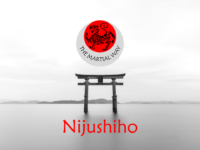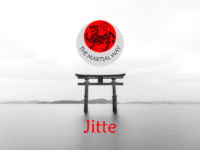Nijushiho, or "24 Steps," is named after the number of foot movements, or "steps," present in the kata. Originally called Niseishi (twenty-four) in Okinawan, it is one of three Shotokan kata that descended from Seisho Aragaki, the others being Sochin and Unsu. The Aragaki kata are arguably the most popular of the advanced Shotokan kata, possessing unusual and mystical techniques,…
Learn more
Nijushiho







